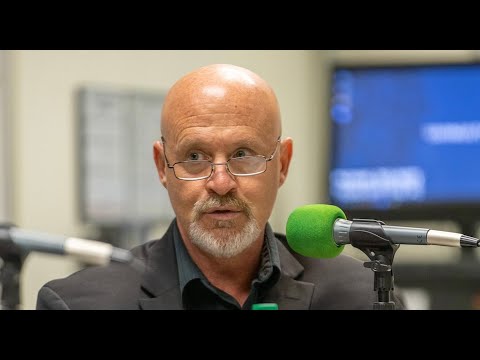Corporate Australia has long been regarded as an exclusive club. Now we know just how much that’s true.
Corporate Australia has long been regarded as an exclusive club. Now we know just how exclusive.
Research by OpenDirector has found that inviting just six company directors to lunch would cover 48% of companies on the ASX 200 and 75% of its market capitalisation.
Many ASX 200 company directors are from the same talent pool. With Telstra and Wesfarmers as possible exceptions, few boards take risks to nominate directors with different demonstrable skills and backgrounds.
A recent example is Westpac which on March 1 recruited the very seasoned Nora Scheinkestel, who has been on more than 10 ASX boards. The Westpac board looks very “classic”.
The hypothetical lunch test is one way of demonstrating how many companies have only one degree of board separation between them.
A degree of separation connects the companies on which a person is a director with any company board with a joint director. For example, Michael Ihlein is on four company boards, and directors on those four companies are also on a further 22 boards.
We filtered our lunch guests through two lens: they are on multiple boards, and they have less overlap in companies than other options. Yes, it’s a contrived lunch invitation, but it is sort of a hack “Gini coefficient”, a concentration indicator.




To get the maximum coverage of companies, we would invite to lunch Ihlein, Alan Sindel, Kathleen Conlon, Donal O’Dwyer, Maxine Brenner and Sharon Warburton.
The ASX 200 companies have a total of 1305 non-executive directors. But the total number of unique directors (counting a director just once even if they are on multiple boards) is materially less at only 1005.
Many directors are on numerous boards. There are 485 female non-executive directors but only 333 unique directors. By contrast, there are 820 total male non-executive directors, with only 672 unique directors.
Sharon Mackie, a recruiter at Talent Search Haus, says research shows the first question a board asks when appointing directors is: “Who do we know?”
This approach, she says, “will always give the hiring person and, in this case, the chair, a level of assurance in the recruiting process because they have a point of reference that gives them context”.
“Yet with a willingness to look beyond the normal cohort of directors, a chair can consider complementary skills, diverse experience, attributes and values. These new directors can provide a board access to talent that may look at situations differently, allowing for healthy debate.”
Chairs of listed companies know the importance of balancing a board composition with experienced directors against directors who bring diversity of thought. But they are still taking the safe option of selecting directors from companies with whom they had connections, or recruiting career directors tested in the market.
A criticism of this approach is that boards are likely to have “groupthink”, having directors from similar professional and social backgrounds. Directors with similar characteristics make boards vulnerable to missing emerging trends such as workplace sexual harassment or the rapid changes brought about by new technology.
Boards of directors of Australian listed companies are progressing with gender diversity. But they have some way to go to enriching the talent pool with a diversity of thought.
The club still looks exclusive and more than a little old fashioned.
Donald Hellyer is chief executive officer of OpenDirector, a platform for board chairs, directors, investors, banks, executive search companies and risk/compliance officers.




Inoculate yourself against the spin
Get Crikey for just $1 a week and protect yourself against news that goes viral.
If you haven’t joined us yet, subscribe today to get your first 12 weeks for $12 and get the journalism you need to navigate the spin.
Peter Fray
Editor-in-chief of Crikey








